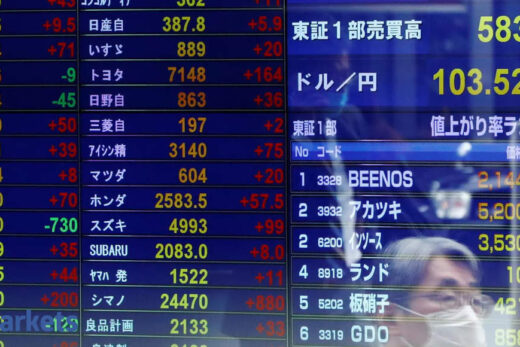Let’s try to understand the whole scenario. When the expenditure of the government exceeds its revenue, it borrows money to cover the difference. In the usual practice, governments borrow money by issuing treasury securities. To bring in fiscal responsibility, most of the countries put a limit on the amount of money that the government could borrow. Similarly, in the US, the debt ceiling was first enacted in 1917. And in 1939, an aggregate limit was placed on the government debt. The debt ceiling is thus a legal limit on the amount of money that the government can borrow. Currently, in the US, it is capped at around $28.5 trillion.
In the present scenario, if the government hit/not raise the debt ceiling limit, it could lead to a delay/default on its obligations. The US government would be forced to default om many of its obligations, including the social security payments. Though the US economy has been strongly recovering, the Covid Delta variant has slowed down the recovery progress. And the consumer confidence index has even hit a seventh month low in August.
A default in social security payments/salaries would negatively impact consumption expenditure, as the beneficiaries would cut down their spending or delay the payment for rent/utilities. In such a scenario, a default, or a threat of one can have a larger negative impact on the domestic economy.
More importantly, any default on the interest payment (which would be avoided) on the treasury securities could create a turmoil in the financial sector. Such a development could lead to a fall in the prices of treasury securities as there will be lesser demand for it. This, in turn, could push up yields, resulting in a higher borrowing cost across the economy. A higher borrowing cost could pull down the overall investment and consumption in the economy.
The ongoing debate on the debt ceiling limit along with the risk of a higher inflation has pushed the US 10-year treasury yield upwards, reaching 1.52 per cent (as of 30 September 2021). Even during 2011 and 2013, when the debate on the debt ceiling limit was happening, treasury yields had seen a similar spike.
The nervousness that is visible in stock markets across the globe could be partly explained by the current impasse. The popular phrase “When the US sneezes, world catches cold” still holds. Though the chance of a default by the US government is slim, a prolonged impasse can have serious implication on not just the US economy,but across the globe. And this occurring at a time when the global economy is recovering from one of the worst crises can indeed have painful implications.



